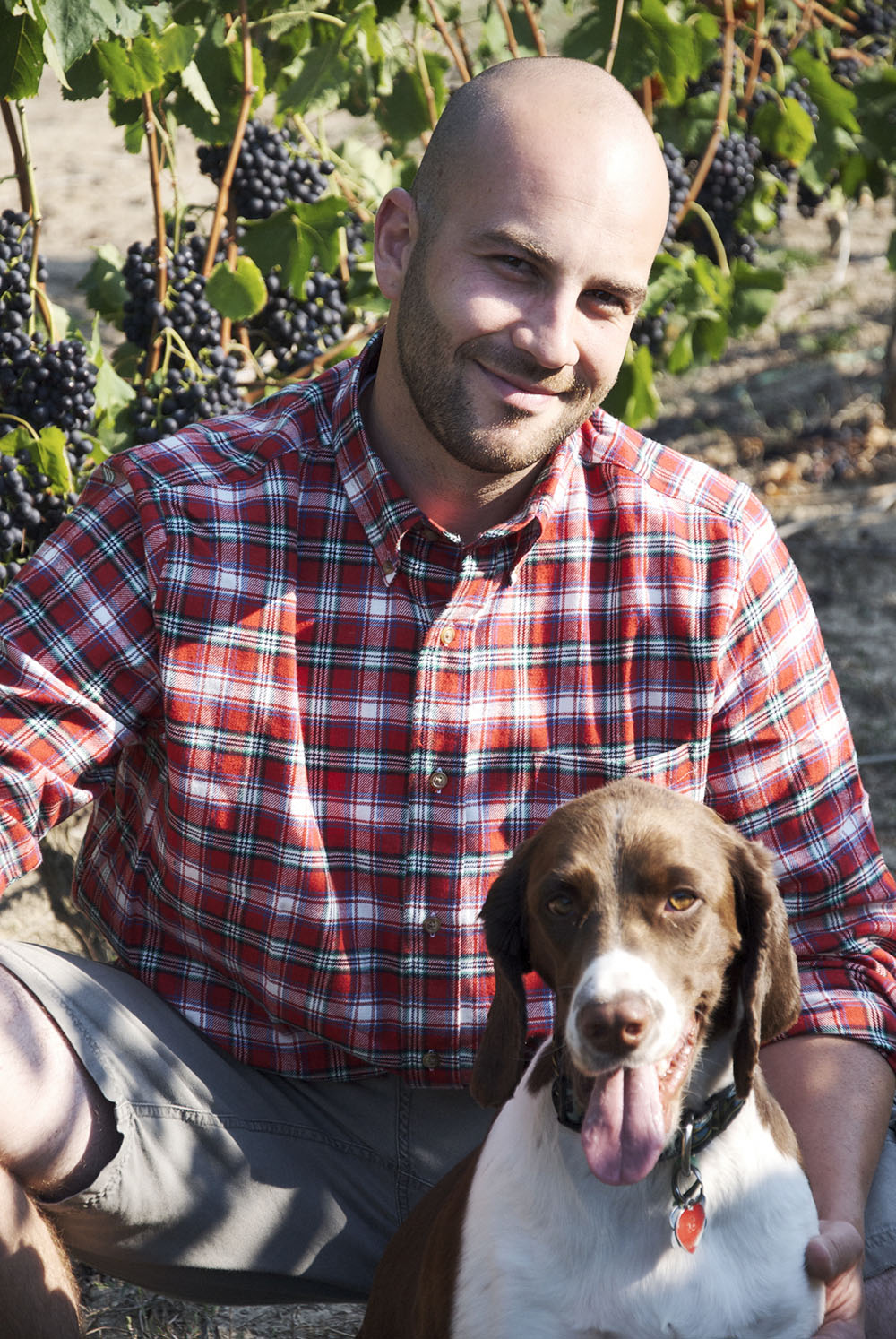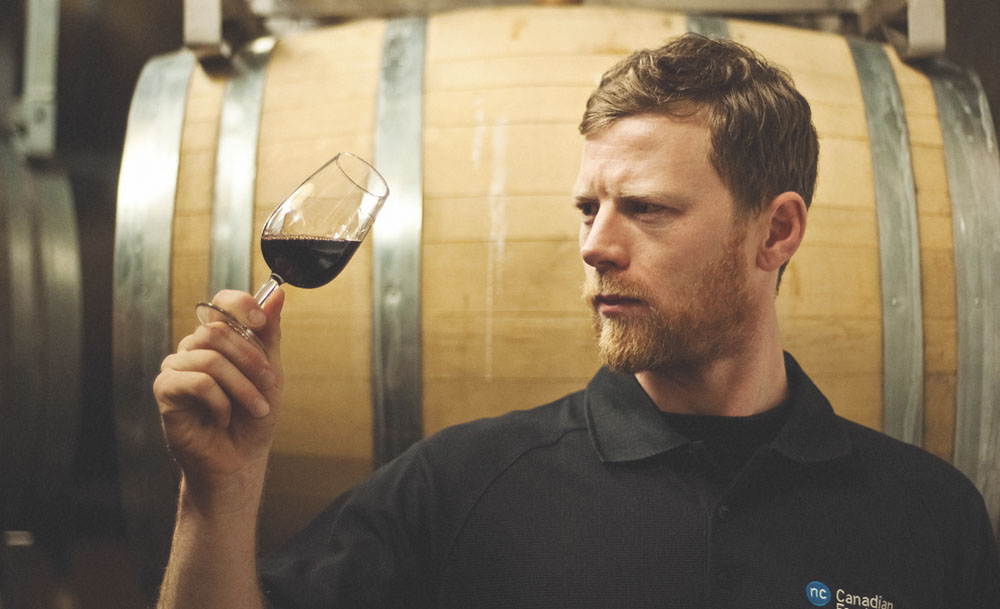Quai du Vin Vidal 2015, Ontario ($12)
If the floral and beeswax notes don’t impress you just wait for that delightful pineapple finish.
Pelee Island Vidal/Chardonnay Blanc de Blanc 2013, Ontario ($10.95)
Dry Vidal can develop a beeswax note along with floral but this one also possesses apple and orange zest all balanced with nice acidity.
Niagara College Teaching Winery College White 2013, Ontario ($11)
Vidal and Chardonnay make pretty good bedfellows; this simple wine has floral, apple skin and herbal notes with peach pit and apricot on the finish.
Southbrook Connect White 2014, Ontario ($15.95)
A real kitchen sink blend that begins with Vidal then adds Chardonnay, Riesling and Sauvignon Blanc; the nose proves to be nondescript due to all those grapes but the palate has pear, orange zest, citrus, peach and pineapple to spare.
Stag’s Hollow Tragically Vidal 2015, British Columbia ($16.99)
Pour this blind and you’ll swear it’s Gewürztraminer or at least Gewürzt-esque with its floral/violet/rose petals along with Bosc pear and spicy finish.
Niagara College Teaching Winery Balance White 2012, Ontario ($12)
Grapefruit zest/pith with lemon drop and beeswax, considering its age it is still delightfully drinkable.
Stag’s Hollow Tragically Vidal 2014, British Columbia ($16.99)
This version is Riesling-like with its sweet pear, peach, apple, apricot and mineral/stoniness; good acidity on the finish and some of that signature Stag’s Hollow spiciness also shows up for good measure.
Rockway White 2015, Ontario ($12.95)
Vidal and Riesling make a beautiful baby together: gentle sweetness with pear, apple and peach with hints of peach pit on the finish – lively, delicious and delightful.
Sue-Ann Staff Lavelle’s Vidal 2015, Ontario ($15.95)
Sweet yet with apple and pear – it’s simple and tasty with nice acid balance for easy drinking enjoyment.
Rockway Vidal Spritz Patio 9 2014, Ontario ($12.95)
Think of this as Ontario’s version of Moscato with its notes of pétillant bubbles – sweet peach flavour with apple show up on the finish but it’s well balanced so as not to come off too sweet.
Three Dog Winery Dog House White 2014, Ontario ($12.95)
This basically dry version brings back the beeswax and floral side of Vidal adding apple to the mid-palate and finish.
Pelee Island Lola NV, Ontario ($13)
This Vidal-Chambourcin sparkling wine made in the Charmat method is sealed under screwcap for easy access: raspberry-strawberry and floral notes take center-stage with a nice peachy mid-palate.
Rockway Rosé Spritz Patio 9 2014, Ontario ($13.95)
This off-white version of Vidal adds Cabernet to the mix and has a light and lively spritziness which helps to enhance the strawberry, floral, raspberry and even a tart/spicy finish – quite refreshing.
Pelee Island Late Harvest Vidal 2013, Ontario ($11.95)
As the name suggests this late harvest gives the wine a slight sweetness of floral, apple, pear lightly kissed by wildflower honey, all with a long finish.


